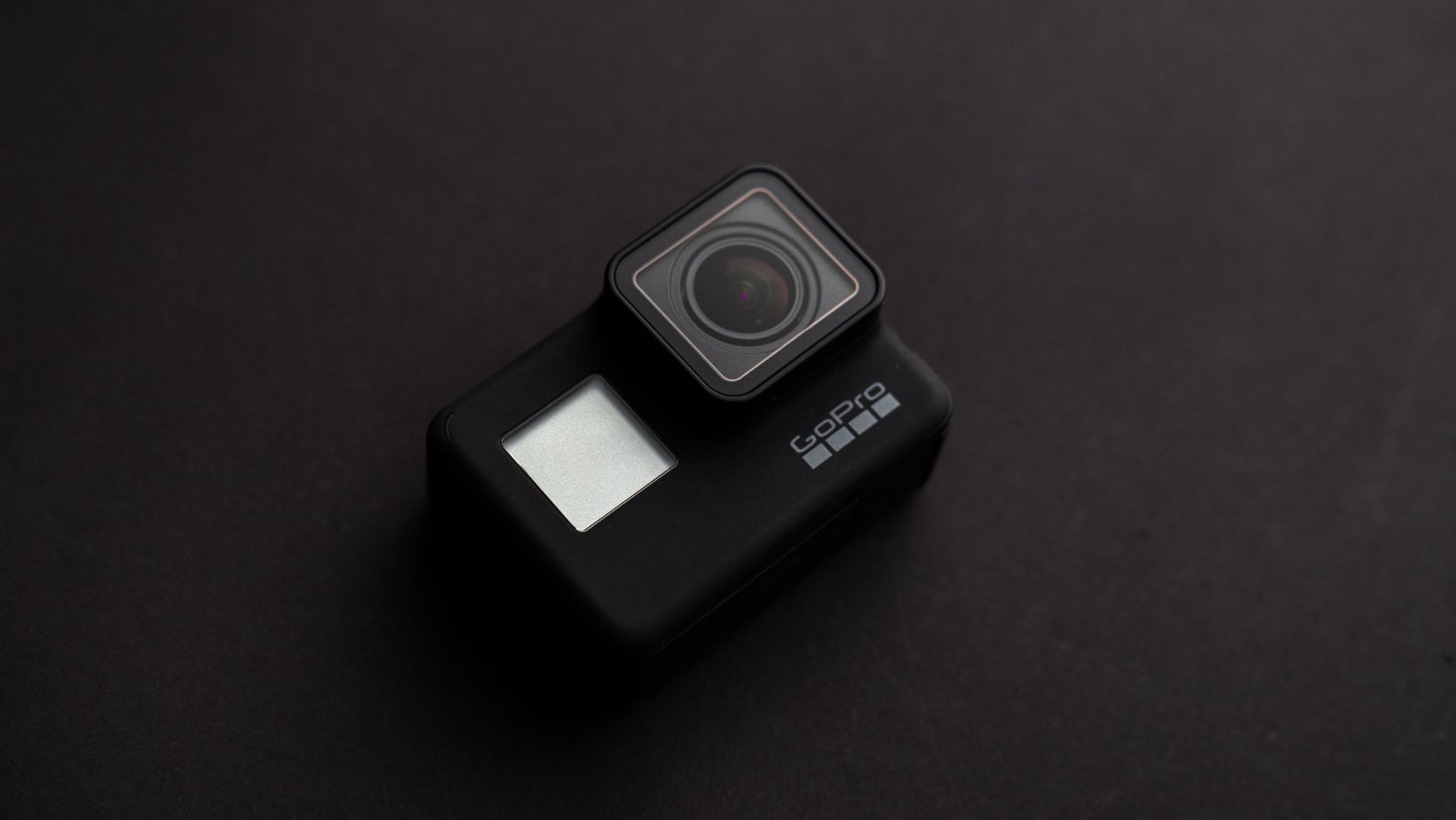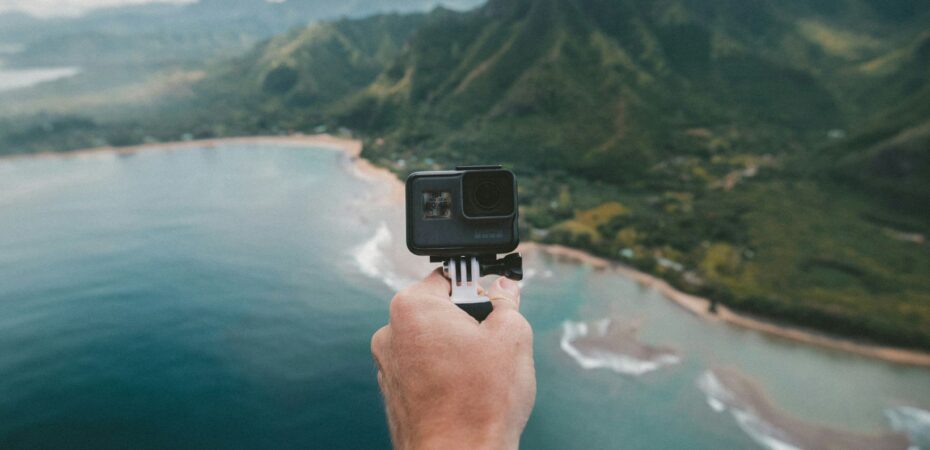If you’ve ever filmed on a trip, you know phones usually get the job done, but they have their limits. Once it starts raining or your battery tanks halfway through the day, all your moments are now relegated to memories. So you want something small and easy to carry that also doesn’t make your footage look like it was shot through a potato. That’s the point where most people start thinking about a https://sell.rakerock.com/gopro/gopro-camera or wishing they’d packed one.
GoPros have a reputation for being the “action camera”, but over the past few years, they’ve become a solid option for vloggers too.
Why GoPros Work for Vlogging
The first reason is obvious: size. You can fit a GoPro in your pocket and forget about those days of digging through a bag or worrying about missing the moment because you had to unpack gear. With a big camera, you’re constantly aware of it (and all its accessories). With a GoPro, you just go.
Stabilization is where GoPros really stand out. HyperSmooth tech keeps footage steady no matter what you’re doing. Because of this, you don’t have to carry and set up tripods, which are really cumbersome.
Another perk is their durability. Unlike a phone, you can take it into the ocean, drop it on pavement, or even film in a rainstorm. When you’re traveling, not needing to baby your gear is a huge bonus. You can focus on the experience instead of protecting expensive equipment.
Battery life used to be terrible on older models, but they addressed this issue in newer ones like the Hero12 Black, which lasts way longer and charges faster. Because the batteries are small, carrying extras doesn’t add much bulk, and you can quickly swap them between shots or plug in a power bank while recording.

Mounting options give you functionality that you can’t get with other cameras. You can use a chest mount while hiking for a first-person view, a suction cup on a car window for road trips, and a head strap for hands-free city filming. Regular cameras can’t do any of this without expensive rigs.
Where They Don’t Work As Well
Unfortunately, talking to the camera is harder with a GoPro. The screen is tiny and you can’t flip it around to see yourself properly. The built-in mic picks up wind like crazy and makes your voice sound distant even on calm days. You can add a small external mic, but now you’re carrying more stuff and dealing with cables. The ultra-wide lens also distorts your face up close and can make things behind you look miles away. In new models you can change the field of view, but it’s still wider than other cameras.
Another downside is that the low-light performance isn’t very good. GoPros need bright conditions, and filming indoors or after sunset makes the footage look grainy.
To balance out these issues, many creators use multiple devices. A GoPro for action and movement, and their phone or regular camera for talking segments and indoor shots.
GoPro Tips for Travelers
If you decide to vlog with a GoPro, there are a few things that make life easier:
- A small tripod or handle makes framing easier.
- Extra batteries or a portable charger can be a lifesaver.
- Clean the lens often. Dust and fingerprints can ruin a great moment.
- Use the GoPro Quik app to edit clips quickly on your phone.
The main trick to Vlogging is treating the GoPro as an everyday camera, not just for “extreme” stuff. Keep it in your pocket or bag and pull it out for simple moments like walking through a busy market or riding on a train through a scenic area. Those in-between moments end up being some of the most interesting footage when you’re editing later.
When It’s Time to Upgrade
If you already own an older GoPro and want to move to a newer model, trading in or selling your old one is easy. Services like RakeRock buy used electronics and handle all the data removal and recycling for you. It’s a simple way to clear space, get a little cash back, and put it toward your next piece of travel gear.


 By
By 




